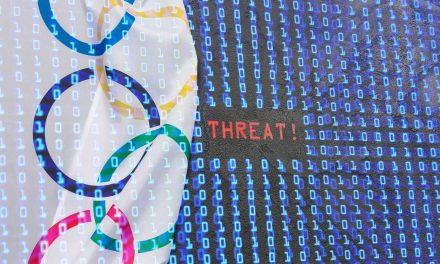Their accounts were hacked, of course, but URL filtering could have stopped gullible users from falling prey, says a cybersecurity report.
In a recent survey of 3,400 global companies and remote workers across 17 countries and four continents, 92% of the respondents said they have adopted new technologies to enable remote work, including workplace collaboration tools, privacy solutions, and endpoint cybersecurity.
The report noted that managing the protection of data across the company network using a stack of different solutions is expensive, time-consuming, and complicated, while the lack of integration also creates gaps in the corporate network defenses that cybercriminals are exploiting.
Read also:
High-profile Twitter accounts hijacked in Bitcoin scam
The Acronis Cyber Readiness Report reveals that, as hackers target remote workers, the most common tactics used are phishing, distributed denial of service (DDoS), and videoconferencing attacks.
• 39% of the respondents (50% being members of corporate IT teams and 50% being employees that currently work remotely) experienced a videoconferencing attack in the past three months.
• Malware attacks such as ransomware also have increased during the pandemic, with 31% of respondents reporting daily cyberattacks and half (50%) being targeted at least once a week, including in July when a leading manufacturer of GPS technologies allegedly paid $10 million in a WastedLocker ransomware attack.
• Phishing attacks are occurring at historic levels: only 2% of companies considered URL filtering when evaluating a cybersecurity solution. That oversight left remote workers vulnerable to phishing sites. According from Acronis report, approximately 10% of its users clicked on malicious websites in May, June, and July and leads to cybersecurity.
Said Acronis founder and CEO Serguei Beloussov: “The cyberthreat landscape has changed dramatically during the past few years, and in the last six months in particular. Traditional stand-alone antivirus and backup solutions are unable to protect against modern cyberthreats. Organizations that modernize their stack with integrated data protection and cybersecurity not only gain greater security, they lower their costs and improve efficiencies.”

















